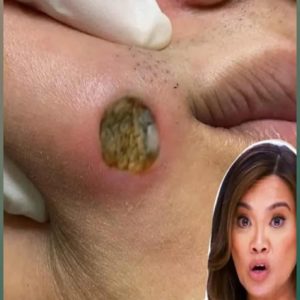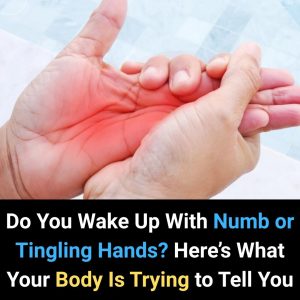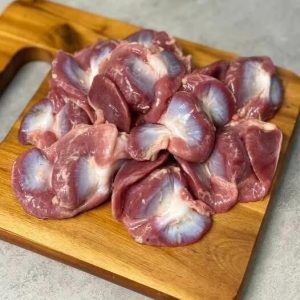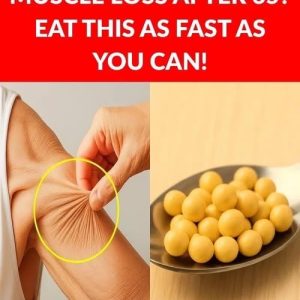Have you ever noticed someone with a long little fingernail—just the pinky—left uncut while the others are neatly trimmed? At first glance, it may seem like a quirky or even odd style choice. But the pinky nail has carried symbolic weight for centuries across many cultures.
In some traditions, the long pinky nail was a sign of wealth and privilege. Since manual labor would have broken it quickly, its length implied the wearer did not work with their hands. For members of the upper classes, this subtle marker distinguished them from workers and laborers.
The nail has also been linked to scholarship. In certain cultures, it represented intellectual pursuits and refinement, signaling that the person devoted time to study rather than physical work.
Beyond symbolism, the pinky nail has been used practically. Some people grew it long to use as a tool—whether for opening envelopes, plucking instruments, or even scooping small items. This utilitarian purpose kept the custom alive in different parts of the world.
By the 20th century, the meaning of the long nail shifted again. For some, especially in Western contexts, it became associated with rebellion and subculture identity. During the 1970s, the look was sometimes tied to musicians or counterculture figures, adding an air of defiance.
Others used the long nail as a quiet social signal within certain groups. Its meaning could vary dramatically depending on who wore it and where—status symbol to one, stigma to another.
For many today, spotting a long pinky nail may evoke curiosity or nostalgia. It remains a small but striking reminder of how personal grooming choices can carry hidden stories.
Ultimately, the pinky nail proves that even the smallest details of appearance can reflect wealth, identity, history, and culture.





